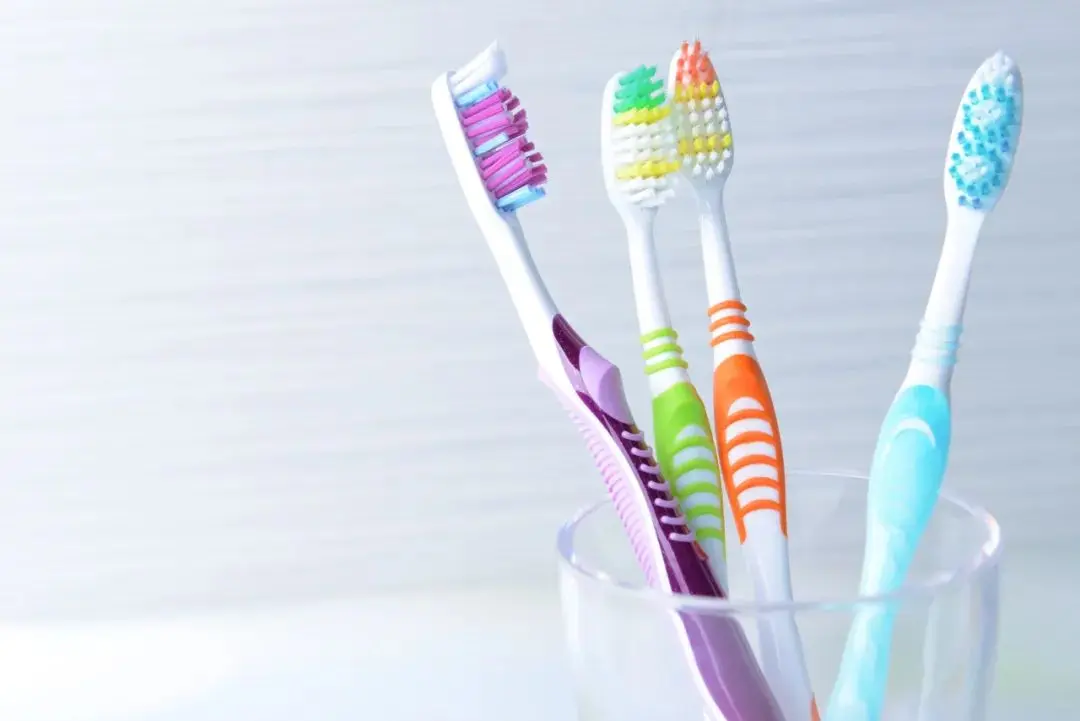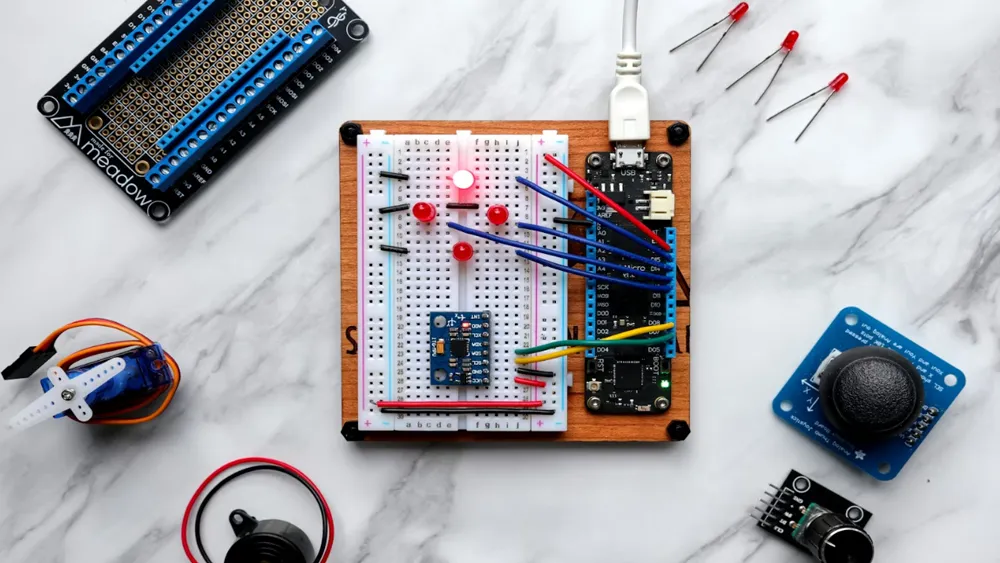
Toothbrush FDA Certification Testing
The FDA certification requirements for toothbrushes are as follows:
Basic Requirements: The FDA requires toothbrush manufacturers to ensure the safety, quality, and effectiveness of their products, comply with FDA standards and regULations, and ensure the products do not pose a risk to user health.

Device Safety: The design and manufacturing of toothbrushes must meet FDA safety requirements, including electrical safety (for electric toothbrushes), waterproofing, material safety, and other aspects.
Labeling Requirements: The label and packaging of the toothbrush must provide accurate and clear information, including the brand name, model, usage instructions, precautions, and warnings, in accordance with FDA standards and regulations, to ensure users can use the product correctly and safely.
Factory Registration: Toothbrush manufacturers must register their factories with the FDA to ensure that the production facilities meet GMP (Good Manufacturing Practice) requirements, including equipment, hygiene conditions, quality control, and other aspects.
Product Classification and Registration:
- Manual Toothbrushes: Typically classified as Class I medical devices. If the product is similar to existing products, a 510(k) premarket notification must be submitted to demonstrate that the product is as safe and effective as existing products. This usually includes product descriptions, performance data, risk management documents, etc.
- Electric Toothbrushes: These are oral care products, and the certification requirements depend on whether they are classified as cosmetic or medical devices, based on the product's design and function. Electric toothbrushes in the medical device category are used for specific treatment or prevention of oral diseases and must comply with FDA regulations and standards for medical devices, providing clinical trial data, performance evaluations, and safety data to demonstrate their safety and effectiveness. Electric toothbrushes in the cosmetic category are primarily used for oral hygiene and cleaning and must comply with the regulations on cosmetics in the U.S. Federal Food, Drug, and Cosmetic Act (FD&C Act) to ensure the safety of product ingREDients and provide relevant toxicological data.
Testing Standards:
- ISO 10993 Series: The parts of the toothbrush that come into contact with the human body must undergo biocompatibility testing to confirm material safety, typically including assessments for cytotoxicity, skin irritation, and sensitization.
- Electrical Performance testing: For electric toothbrushes, electrical safety and electromagnetic compatibility must be evaluated according to the ANSI/AAMI/iec 60601-1 standard to ensure the device operates safely under normal use conditions and does not cause interference with other devices.
- Mechanical Performance: Testing the toothbrush's durability, fatigue resistance, and strength to ensure no structural damage occurs under normal use.
- IEC 60529: Determines the toothbrush's waterproof and dustproof rating to ensure safe use in humid environments.
- ISO 14738: Involves human-machine interaction and user interface design to ensure safety and convenience during use.
- ISO 14971: Requires manufacturers to conduct risk assessments and establish risk control measures to manage risks throughout the product's lifecycle.
- ISO 13485: Requires the establishment and maintenance of an effective quality management system to ensure all processes comply with regulations, including production process validation.
Market Surveillance and Tracking: After the product is on the market, continuous market surveillance and tracking must be conducted according to FDA requirements. If problems with the product are identified, the FDA must be notified promptly, and necessary corrective actions must be taken.
Additionally, the toothbrush must pass UL 1431 certification testing. If it is being exported to California, a California Proposition 65 report must be submitted. For electric toothbrushes with button cells, a UL 4200a + GCC report is also required. JJR Laboratory in China can provide all these tests. Please feel free to inquire.
Email:hello@jjrlab.com
Write your message here and send it to us
 What is Amazon TIC and How Can Sellers Achieve Com
What is Amazon TIC and How Can Sellers Achieve Com
 2026 Battery UN38.3 Certification (Test Report) &a
2026 Battery UN38.3 Certification (Test Report) &a
 What is the IEC 62680 Standard? Compliance Interpr
What is the IEC 62680 Standard? Compliance Interpr
 Amazon Japan December Compliance Requirements
Amazon Japan December Compliance Requirements
 How to Check a CPSC-Accepted Laboratory?
How to Check a CPSC-Accepted Laboratory?
 WEEE Registration for Waste Electrical &Electr
WEEE Registration for Waste Electrical &Electr
 MSDS Chemical Safety Testing
MSDS Chemical Safety Testing
 What Are the Differences Between UK REACH and EU R
What Are the Differences Between UK REACH and EU R
Leave us a message
24-hour online customer service at any time to respond, so that you worry!




